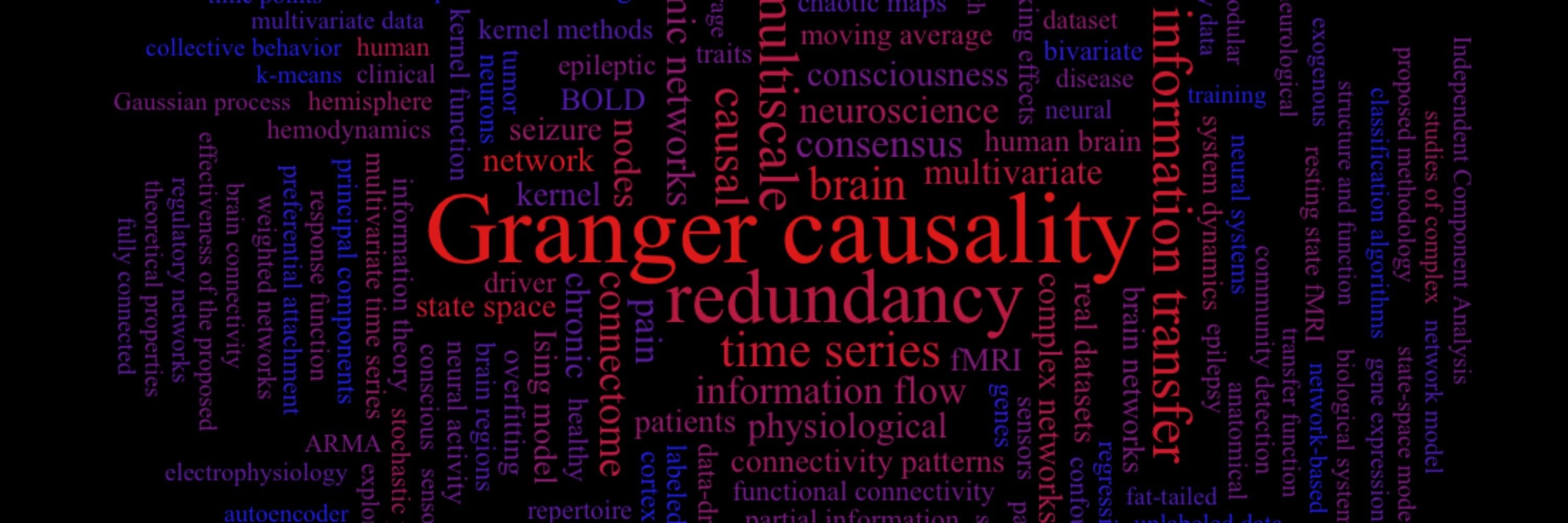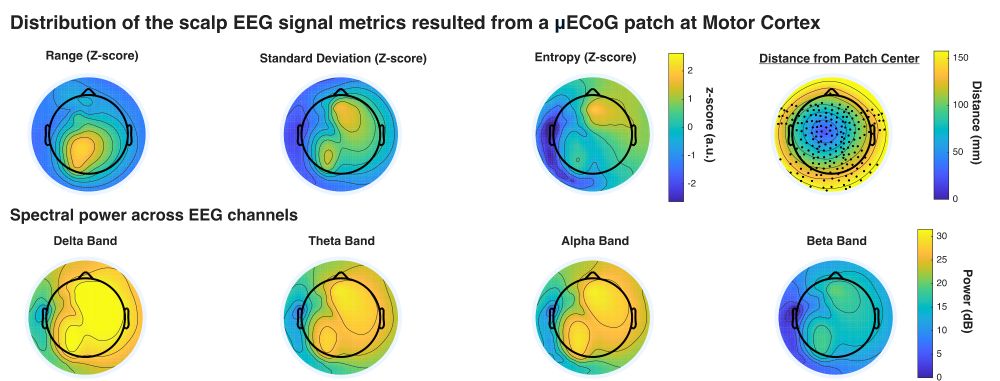Daniele Marinazzo
@danielemarinazzo.bsky.social
1.8K followers
2.2K following
220 posts
Computational neuroscientist and complexity scientist. Professor at Ghent University.
Posts
Media
Videos
Starter Packs
Reposted by Daniele Marinazzo
Reposted by Daniele Marinazzo
Dr. Cat Hicks
@grimalkina.bsky.social
· Sep 1
Jeff Greene
@jeffgreene.bsky.social
· Sep 1

College Undergraduates’ Use of Epistemic Criteria and Strategies While Designing Psychology Research Studies
Barzilai and Chinn (2018) have advocated for framing education more overtly around epistemic matters to help students learn how to create worthwhile epistemic aims, which they achieve by using appr...
doi.org
Reposted by Daniele Marinazzo
Laura Dugué
@lauradugue.bsky.social
· Aug 17

Theta-rhythmic attentional exploration of space
Attention facilitates stimulus processing by selecting specific locations (spatial attention) or features (feature-based attention). It can be sustained on a given location or feature, or re-oriented ...
www.biorxiv.org
Reposted by Daniele Marinazzo
Reposted by Daniele Marinazzo
Reposted by Daniele Marinazzo
Reposted by Daniele Marinazzo
Tiago Peixoto
@tiago.skewed.de
· Jul 11













